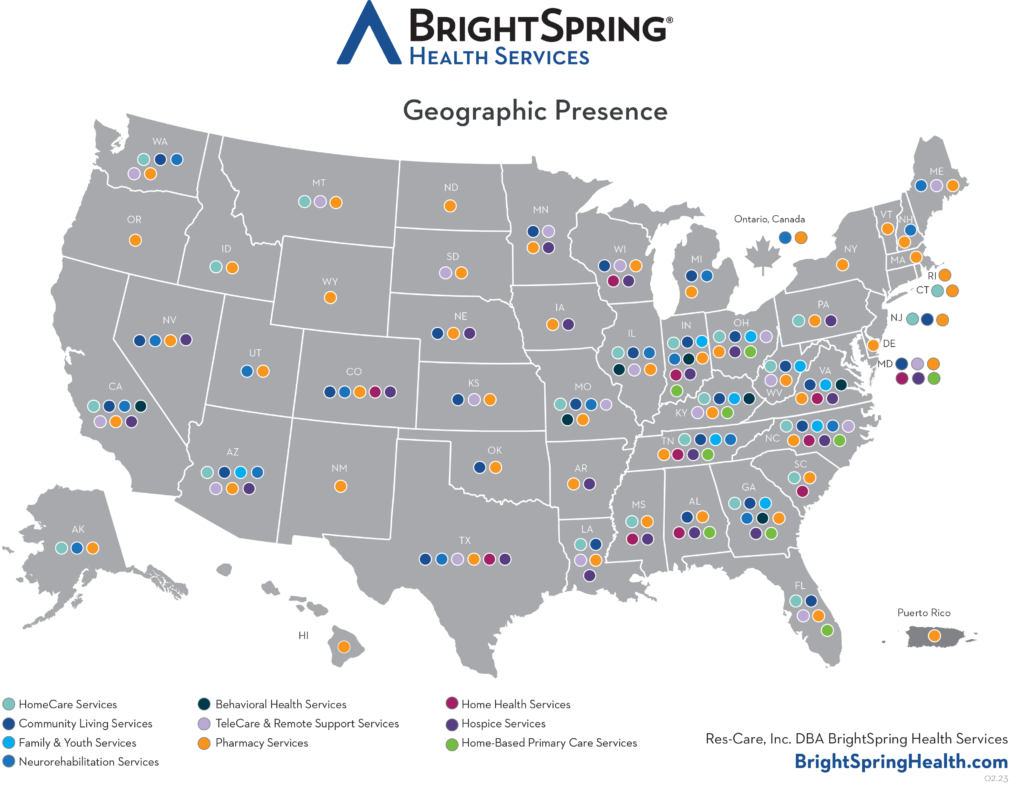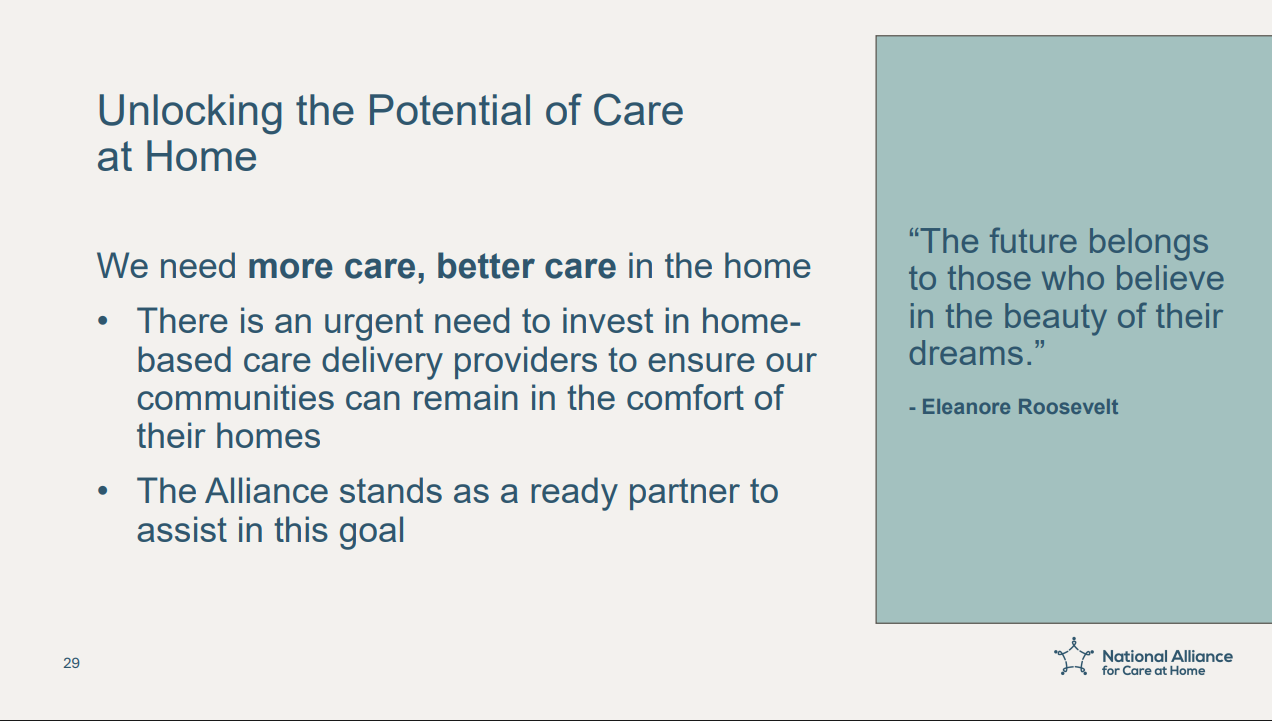Pushback on Trump Initiatives
by Kristin Rowan, Editor
Pushback on Trump Initiatives From All Sides
Pushback on Trump initiatives, including the steep cuts to Medicare, Medicaid, Social Security, and VA benefits erupted this week. Coalitions, associations, and members of Congress seek to stop the cuts before the new bill is passed. The Republican-backed bill, under direction from President Trump, called the “Big, Beautiful Bill” would cut federal spending by billions of dollars over ten years. Pushback on Trump’s executive orders is also making headway, with temporary and preliminary injunctions.
Protect Our Healthcare Coalition
Protect Our Healthcare Coalition is a group of consumer and non-profit organizations in Rhode Island. This week, they joined with Medicaid members and Senators Reed and Whitehouse to speak out against the Medicaid cuts in the bill. The coalition also released a report on the impact of Medicaid services in the state.
“Republicans…want to whack Medicaid so fewer people have coverage and costs go up. These cuts will do real harm, pushing seniors out of nursing homes, increasing hospital closures, and denying families access to preventative care. If you think the emergency room is crowded now, just wait until Trump’s Medicaid cuts happen.”
Protecting Retirement and Health Benefits
Congresswoman Mikie Sherrill (NJ-11) introduced the Protecting Retirement and Health Benefits for Working Families Act. The bill is in response to the recent federal program and job cuts. The legislation requires that before any cuts are made to jobs or programs that the administration can prove those cuts won’t harm to benefits and those who rely on them. It also requires a study within one year of any mass layoffs or closures to ensure no harm was done.
Federal Judge Blocks...
DoE Layoffs
More than 1,300 employees of the Department of Education received notice of termination in March from then-Secretary of Education Linda McMahon. The layoffs reduced the staff by nearly half. McMahon initially said they were part of the plan to reorganize and streamline the department for efficiency and accountability. Trump later revealed the layoffs to be the first step in dismantling the Department of Education altogether. District Judge Myong Joun, a Biden appointee, said, “The record abundantly reveals that defendants’ true intention is to effectively dismantle the department without an authorizing statute.” Judge Joun issued an injunction blocking the mass layoff.
Sweeping Agency Changes
In February, the Trump administration issued an executive order, followed by a number of memos, instructing multiple federal agencies to cut staff. The executive order called for the immediate dismissal of temporary and reemployed annuitant staff members. Specifically, it called out those performing functions not mandated by statute or other law, not designated as essential, or is not suited to federal service due to failure to comply with federal employment requirements. The order also reduced hiring ratios to 1:4, permitting agencies not under a hiring freeze to hire one person for every four that leave.
U.S. District Judge Susan Illston, in San Francisco, as part of a lawsuit filed by labor unions, nonprofits, and local governments, issued a temporary block on the overhaul. The lawsuit alleges that Trump needs authorization from Congress to restructure the federal government. Judge Illston says the office of the president can seek changes to agencies, but only through Congress. Illston also issued a temporary restraining order barring agencies from any further implementation of the executive order. This includes the final dismissal of employees who have received layoff notices that have not yet been executed. The temporary restraining order expires May 23, 2025. Additionally, Illston ordered the administration to submit restructuring plans to the court.
Revoking Student Status
The administration attempted end the legal status of international students. This would effectively nullify their right to stay in the United States. Some individual students challenged the action successfully. On May 22, 2025, a federal judge in California blocked the action. He prohibited the administration from arresting or detaining foreign-born students on the basis of their immigration status. The administration insists the immigration status was only revoked for students who had criminal charges.
Pushback on Trump Initiatives is Ongoing
Along with the passing of the “Big, Beautiful Bill,” these issues are ongoing and The Rowan Report will provide updates as they become available.
# # #


Kristin Rowan has been working at The Rowan Report since 2008. She is the owner and Editor-in-chief of The Rowan Report, the industry’s most trusted source for care at home news, and speaker on Artificial Intelligence and Lone Worker Safety and state and national conferences.
She also runs Girard Marketing Group, a multi-faceted boutique marketing firm specializing in content creation, social media management, and event marketing. Connect with Kristin directly kristin@girardmarketinggroup.com or www.girardmarketinggroup.com
©2025 by The Rowan Report, Peoria, AZ. All rights reserved. This article originally appeared in The Rowan Report. One copy may be printed for personal use: further reproduction by permission only. editor@therowanreport.com








